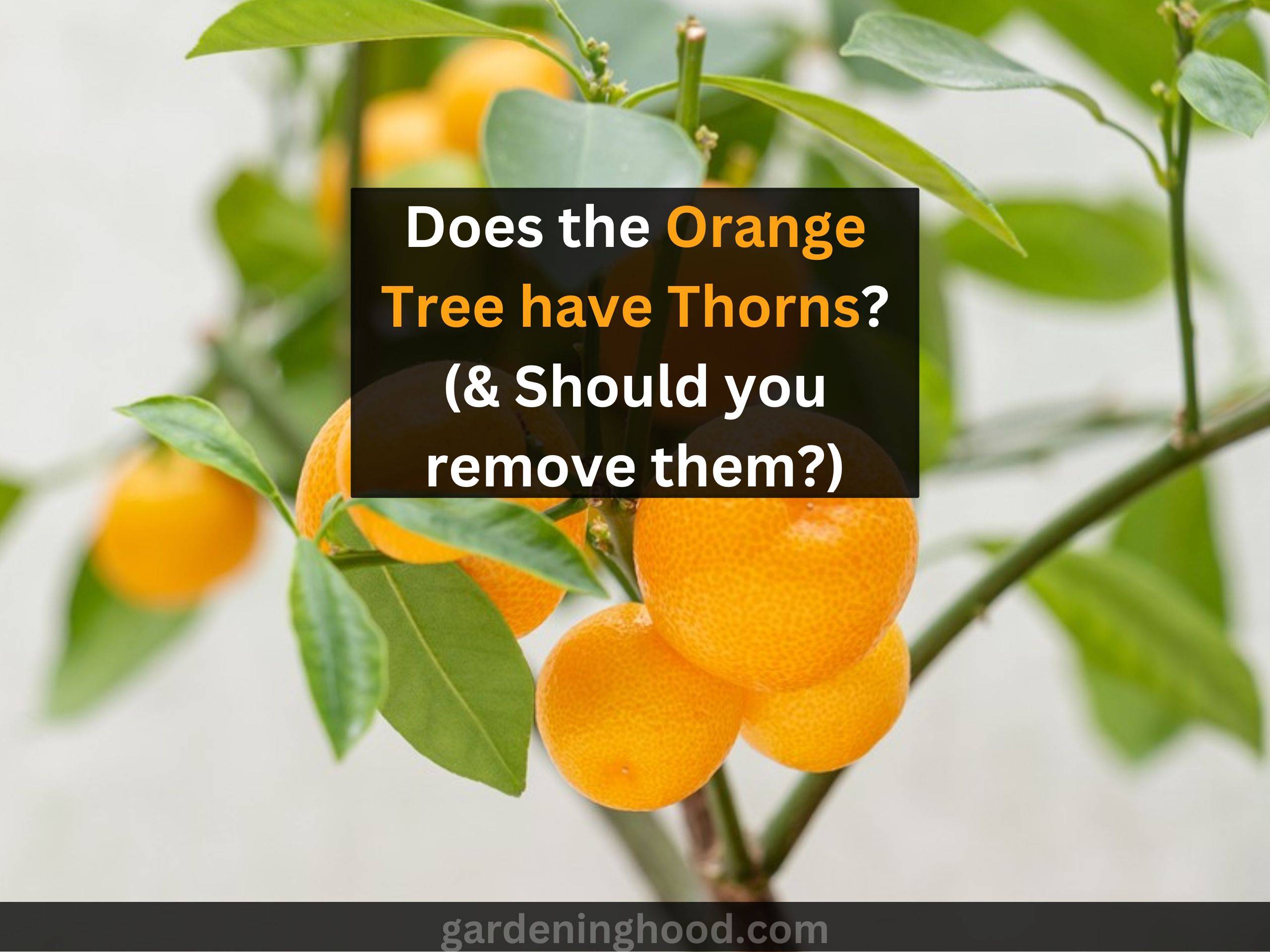Southern Shade Trees for Hot Climates in the Southern Region – Best Shade trees for the Southern region
Who doesn’t enjoy lingering in the yard under shade trees or relaxing with a sip of lemonade? But most of us struggle with ensuring proper placement because the trees grow large when they mature.
Trust me, all the hard work pays off when it comes to shading trees, whether they are picked for relief or to shade the house and assist in cutting utility expenses. The beauty of the surroundings is enhanced by the meticulous planting of trees, resulting in a change in the landscape’s skyline.
If you are confused about which type of shade tree to grow in the garden, don’t worry. Here, I have explained many different varieties of shade trees that will make your work easy. So let’s not waste time and begin to learn.
Quick takeaways:
- Large trees, for example, should be kept at least 15 feet (5 meters) away from structures.
- Oaks, plane trees, willows, birches, beeches, maples, ashes, lindens, and elms are some of the most common shade trees in temperate climates.
- Fig trees are common shade trees in subtropical areas like Australia and India.
- Shade trees, such as Erythrina and African tulip tree types, are commonly planted in tropical climates.
What are Shade Trees?
A shade tree is a huge tree whose major function is to create shade in the surrounding environment due to its spreading canopy and crown, where it can provide relief from the sun’s harmful UV rays and sunburns for those seeking recreation in urban parks and backyards during the summer. As a result, some shade trees may be planted expressly for the convenience of the population. Shade trees also help to save energy by reducing the amount of energy consumed to cool homes.
Trees are known as the ‘Lungs of the Earth.’ They are biological organisms that have a perennial, tall, and visible trunk. Large, evergreen trees act as natural air conditioners, decreasing ambient temperatures by transpiration, especially in hot and dry climates. The beauty of the surroundings is enhanced by the meticulous planting of trees, which results in a change in the landscape’s skyline.
FEW TREES THAT PROVIDE SHADE:
- Albizzia lebbek (Siris)
- Azadirachta indica (Neem)
- Casuarina equisetifolia (Whistling tree)
- Ficus religiosa (Pipal)
- Kigelia pinnata (Sausage tree)
- Pongamia pinnata (Karanj)
- Putranjiva roxburghii (Child-life-tree)
Explanations:
Albizzia lebbek (Siris):
They are also called Woman’s Tongue, Indian siris originated from Tropical Asia, northern Australia. They are some of the fastest-growing plants in the area in central and south Florida. They are used to grow 20 m in height having rounded, spreading crowns and pale bark. It consists of Leaves alternate having 2-5 pairs of pinnae in which each pinna with 3-10 pairs of leaflets. The flower consists of thin and long petals blooming in showy, cream, or yellowish-white and rounded clusters on the stem tips.
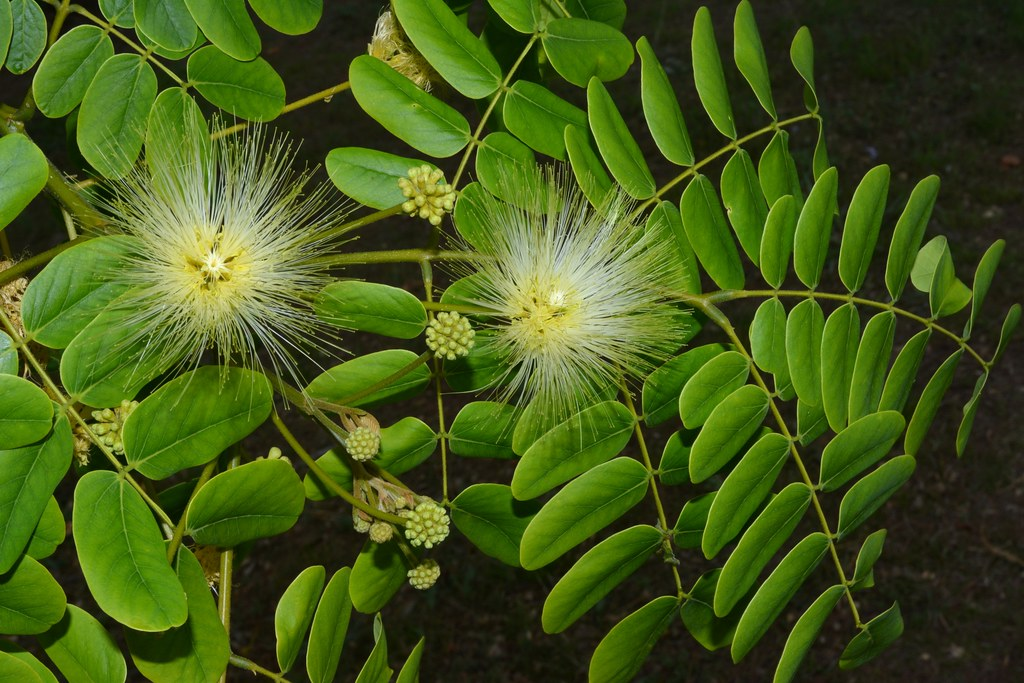
Azadirachta indica (Neem):
The Azadirachta indica (Neem) plant comes under the plant division of Angiosperms (Flowering Seed Plants). They used to grow in tree forms 16m to 30m in height. It consists of the lifespan of the perennial category. The plant does have an autotrophic mode of nutrition.
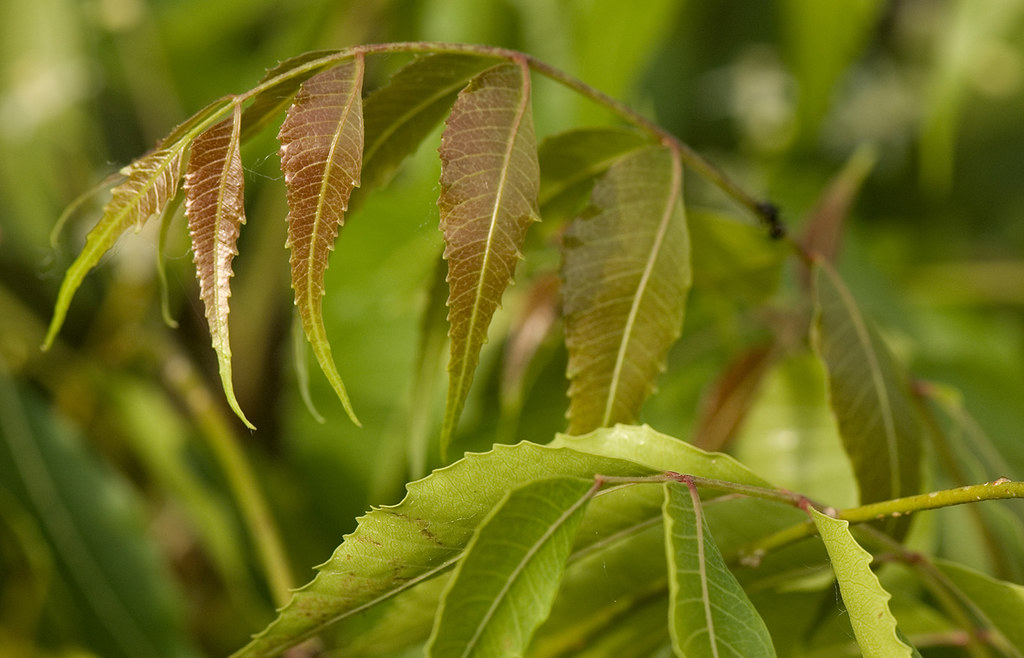
Casuarina equisetifolia (Whistling tree):
The Casuarina equisetifolia (Whistling tree) plant comes under the plant division of Angiosperms (Flowering Seed Plants) (Monocotyledon. They used to grow in tree forms having 30 m to 40 m of maximum height and spread of 15 m wide. It consists of the lifespan of the perennial category. The plant does have an autotrophic mode of nutrition.
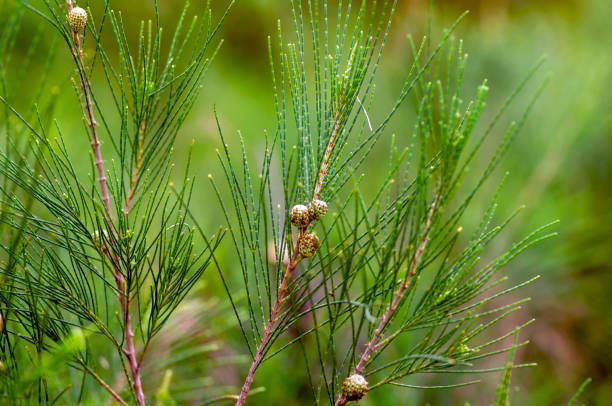
Ficus religiosa (Pipal):
The Ficus religiosa (Pipal) plant comes under the plant division of Angiosperms (Flowering Seed Plants) (Dicotyledon). They used to grow in tree forms having 25 m to 35 m of maximum height. The plant does have an autotrophic mode of nutrition.
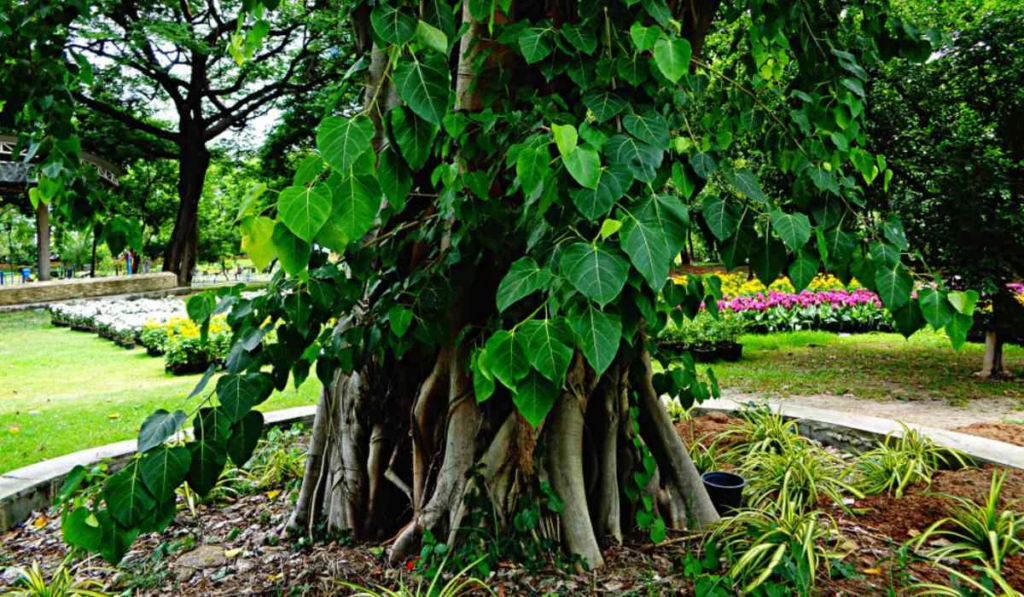
Kigelia pinnata (Sausage tree):
The other name of the plant is the Sausage tree which is a tropical tree that belongs to the Bignoniaceae family. They are used to grow 6 to 12 meters tall and 30 to 60 cm long. They are native to Africa. The flowers are used to bloom over about 10 cm wide in purplish green. The plants are used to produce old wood which is used for hanging. The flowers are not used to bloom at nightfall.
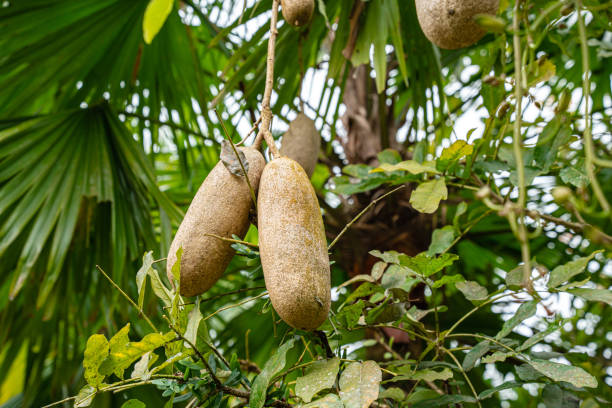
Explain the Shade Trees for Southern regions
Do you want to know about the shade trees for southern regions? If yes, then you are at the appropriate place. According to University Extension Departments, the shade trees listed below for Oklahoma, Texas, and Arkansas are not necessarily the best or only trees that will thrive in these areas. However, research has shown that in most places, these trees outperform the norm and operate well as southern shade trees.
Below are the deciduous trees for Oklahoma:
- Chinese Pistache (Pistacia Chinensis)
- Lacebark Elm (Ulmus parvifolia)
- Common Hackberry (Celtis occidentalis)
- Bald Cypress (Taxodium distichum)
- Golden Raintree (Koelreuteria paniculata)
- Ginkgo (Ginkgo biloba)
- Sweetgum (Liquidambar styraciflua)
- River Birch (Betula nigra)
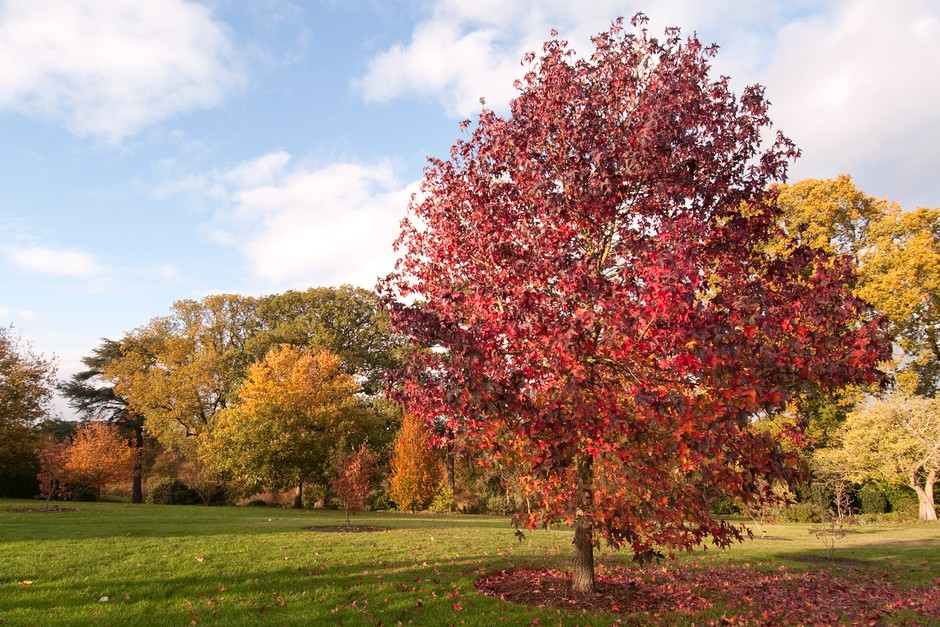
Below are the Arkansas shade trees:
- Sugar Maple (Acer saccharum)
- Red Maple (Acer rubrum)
- Pin Oak (Quercus palustris)
- Willow Oak (Quercus phellos)
- Ginkgo (Ginkgo biloba)
- Sweetgum (Liquidambar styraciflua)
- Tulip Poplar (Liriodendron tulipifera)
- Lacebark Elm (Ulmus parvifolia)
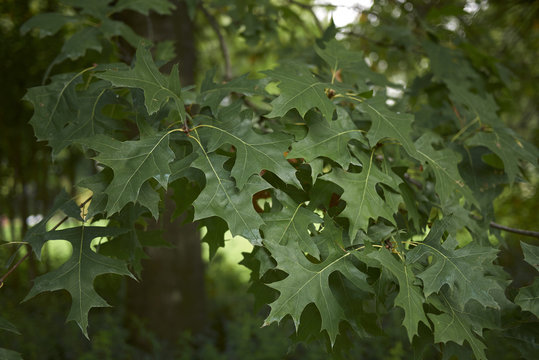
Below are the shade trees of Texas:
- Shumard Oak (Quercus shumardii)
- Chinese Pistache (Pistacia chinensis)
- Bur Oak (Quercus macrocarpa)
- Southern Magnolia (Magnolia grandiflora)
- Live Oak (Quercus virginiana)
- Pecan (Carya illinoinensis)
- Chinkapin Oak (Quercus muehlenbergii)
- Water Oak (Quercus nigra)
- Willow Oak (Quercus phellos)
- Cedar Elm (Ulmus parvifolia )
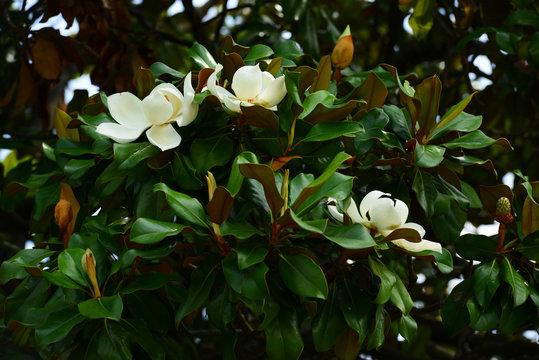
Why do Trees provide shade?
During photosynthesis, plants lose water as vapor through a process known as transpiration. This water is subsequently mixed in with the moisture in the air, causing the air to become saturated more quickly for precipitation to fall. The individual who planted the tree deserves thanks for the cool shade and rainfall.
Furthermore, shade trees provide natural insulation from extreme temperature swings from day to night. They help reduce coffee plant transpiration while protecting the soil from erosion and evaporation. Drought stress may be alleviated by properly selected and managed shade trees.
Conclusion
Do you like to see shady trees around you? Of course, everyone does. It holds benefits within and gives shelter to needy people. A shade tree is a huge tree whose major function is to create shade in the surrounding environment due to its spreading canopy and crown, where it can provide relief from the sun’s harmful UV rays and sunburns for those seeking recreation in urban parks and backyards during the summer. In this article, you come to know about the shade trees and even the best southern shade trees. The information will be helpful for you all.
FAQ’s:
Which plants are used to grow faster in hot weather?
the hybrid poplar is used to grow faster in hot weather which to 8 feet per year.
Which are plants that you can eat at 100 degrees?
There are some plants such as corn, okra, eggplant, hot peppers, and tomatillos that you can eat.
Which trees are able to survive all seasons?
Some plants can survive all seasons such as acebark pine, Serviceberry, Japanese stewartia flower, Coral Bark Japanese Maple, Persian Ironwood, etc.

